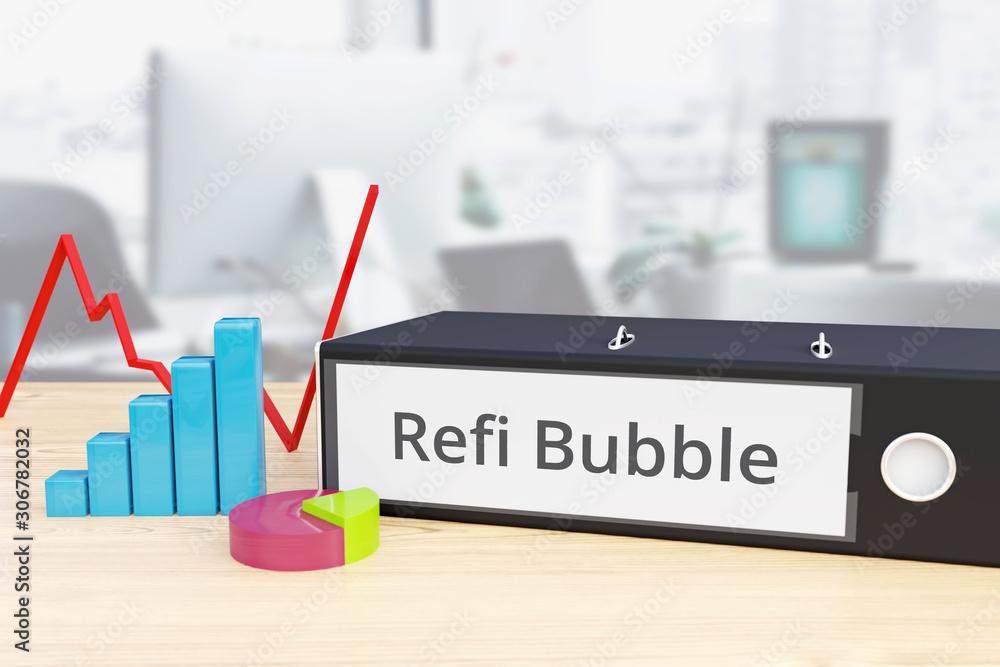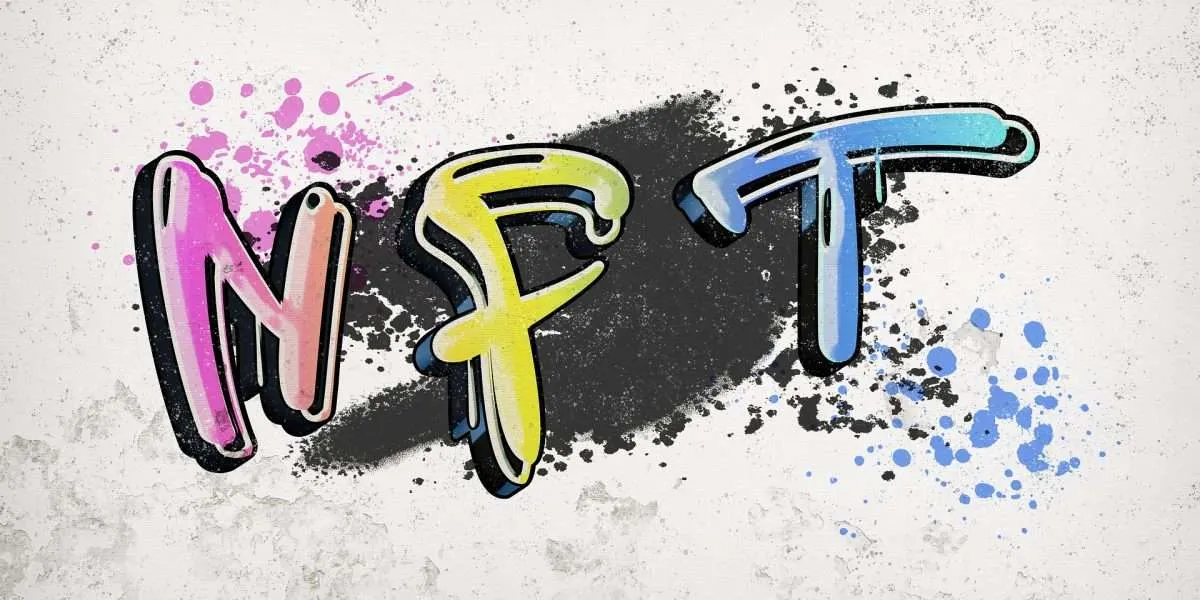What Is a Refi Bubble?
A refi bubble refers to a period during which borrowers refinance old debt obligations en masse, replacing them with new debt that has different, more favorable terms. ("Refi" is short for "refinance." The typical motivation for refinancing is to take advantage of more favorable—lower—interest rates.) This creates a bubble in the total volume of debt because there is a net expansion of loan credit, an increase in borrower leverage, or a decrease in borrower equity.
Refi bubbles can also occur if assets, such as homes, rise substantially in price and borrowers want to access the equity in their homes by taking out new loans in higher amounts.
KEY TAKEAWAYS
- A refi bubble is an overexpansion of credit in the form of refinancing loans, especially cash-out refis.
- Low-interest rates, financial and regulatory innovations that encourage refis, and rising asset values can all contribute to a developing refi bubble.
- Refi bubbles can increase the systemic risk to the financial sector and the overall economy.
Understanding a Refi Bubble
Both business loans and personal loans can be refinanced, but refi bubbles are typically created because of an increase in the refinancing of mortgage loans. There are two primary methods. of refinancing: rate-and-term refinances and cash-out refinances. With a traditional rate-and-term refinance, the amount of the new loan only covers the pay-off of the old loan (plus the fees, taxes, and other costs of the transaction). This allows the borrower to benefit from lower interest rates. With a cash-out refinance, the new borrowed amount includes additional funds; cash-out refinancing has a greater potential to create a refi bubble.
For the individual mortgage borrower, a cash-out refinance means taking on additional debt to liquidate some of the equity they have accumulated in their home. This results in a more highly leveraged position. When a large number of borrowers take on cash-out refinance loans, the result is a general increase in the volume of debt, a reduction in homeowner’s equity, and an increase in debt-to-equity ratios. Ultimately, this build-up of debt and leverage can constitute a credit bubble.
Rising home prices, falling interest rates, and lower costs or requirements for refinancing can all be factors in propagating a refi bubble. These are commonly thought of as positive conditions for an economy. However, the increased leverage in the market can also mean an increase in systemic risk and an overextension of credit to less creditworthy borrowers. When rates later rise (especially when underlying asset prices fall), this bubble can burst and result in widespread defaults and writedowns on overleveraged loans, general stress in the financial sector, credit markets, and derivatives based on the distressed loans, and even a general economic downturn if the problem is severe enough.
Refi bubbles in markets for fixed, relatively illiquid assets, such as homes, are especially dangerous because highly leveraged homeowners are usually unable to incrementally deleverage their positions. When home prices were rising throughout the mid-2000s, homeowners were able to steadily become more leveraged by refinancing. However, they were unable to deleverage (other than by defaulting once housing prices began to fall). This ratchet effect in accumulated housing debt through cash-out refinances during the housing boom, with no reciprocal ability to deleverage when prices fall, helped to magnify the severity of the bust.
Researchers at the National Bureau of Economic Research (NBER) have estimated the economic damage from the refi bubble that occurred during the 2000s housing boom (and the resulting financial crisis) to be close to $1.2 trillion.1 Federal Reserve economist Steven Laufer found that in the L.A. housing market, 30% of home mortgage defaults during the housing bust could be attributed directly to homeowner overleveraging and equity extraction through the cash-out refi bubble in home mortgages.2
Interest Rates and Refi Bubbles
The ongoing cost of borrowed funds is the interest rate charged by the lender and paid by the borrower. If interest rates have been declining in an economy in general, borrowers may find that current rates are much lower than they were at the time their loan was taken out. In this case, borrowers can lower the interest rate on their loan by working with a lender to refinance their debt. In a typical refinance, the borrower finds a lender that is offering better loan terms (usually a lower interest rate). The borrower then takes out a new loan with the lender that is used to pay off the old loan and then repays the new loan according to its terms.
For example, assume Tom took out a hypothetical 30-year mortgage loan 10 years ago that charged an interest rate of 7.5%. The economy has since entered recession, and the central bank took steps to spur spending and economic growth. This resulted in lower interest rates. The interest rate on a hypothetical 20-year mortgage is now 3.5%. Tom could refinance his loan, paying off what is left of his original mortgage with the new mortgage for the same amount at the lower 3.5% interest rate.
Refi bubbles track the general trend of interest rates in an economy, which are affected by a multitude of factors. When interest rates are rising, refinancing is unattractive, as borrowers would be taking out new loans with higher interest rates than their original loan, which would cost them more.
As interest rates fall, however, refinancing becomes an attractive option for borrowers, and refi bubbles occur. This scenario played out in late 1998 and early 1999, as interest rates in the U.S. dropped and many mortgage borrowers refinanced. However, as rates moved up in mid- to late 1999, refinancing dropped by over 80%.





